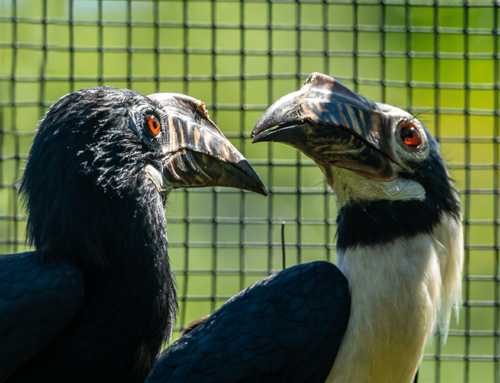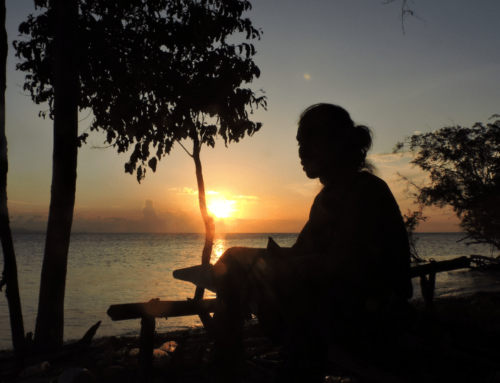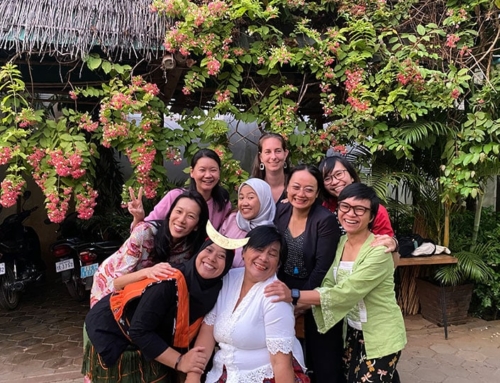To properly respond to partners’ needs, we must understand the increasingly complex contexts they face. Our Asian Species Programme Officer Aya Sakamoto recently went to Vietnam – a key focus of our conservation work in Southeast Asia – to visit a range of partners across the country.
Reflecting on the trip, this photo story captures the incredible teams she met supporting vital projects in Vietnam’s wild spaces, and the importance of meeting partners where they are.
Meeting WildAct
WildAct is a a non-profit with the mission to conserve threatened species and ecosystems in Vietnam by inspiring, motivating, and empowering individuals and society.
Hanoi to Thai Binh: Inspiring local youth
The first stop for my time in Vietnam was in Hanoi. There I met WildAct and their young and dynamic team.
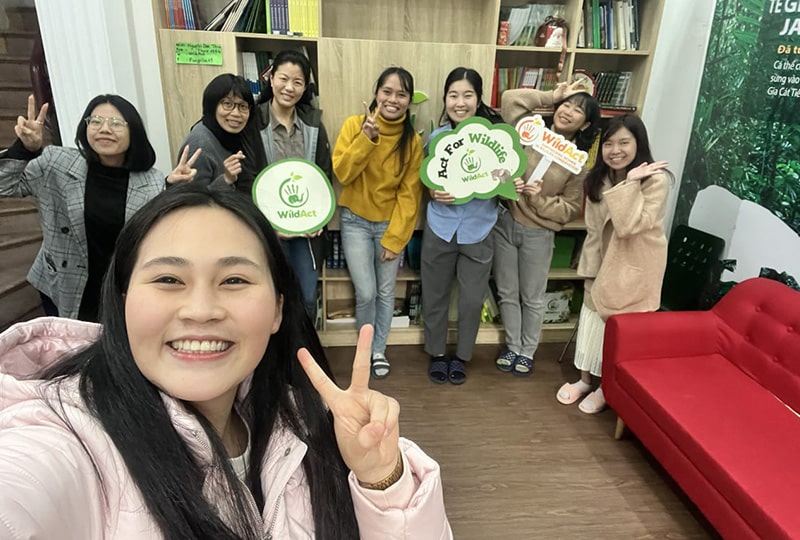
Powered by their infectious enthusiasm and energy, we headed to Thai Binh Province for WildAct’s engagement work with school children. The session focused on migratory birds and the value of the Red River Biosphere Reserve – wetlands of global importance for the breeding and stopover of a huge number of bird species. The WildAct team taught students the importance of the ecosystem they call home through an interactive presentation and games, and shared about wider environmental issues – including mist nests, pollution, habitat destruction.
This is part of WildAct’s mission to inspire and change young people’s attitudes towards nature. To make them proud that their home is a key area to host migratory birds – such as the spoonbill sandpiper, black-faced spoonbill, Saunders’s gull, and Swinhoe’s egret – that have travelled thousands of kilometres to visit them.
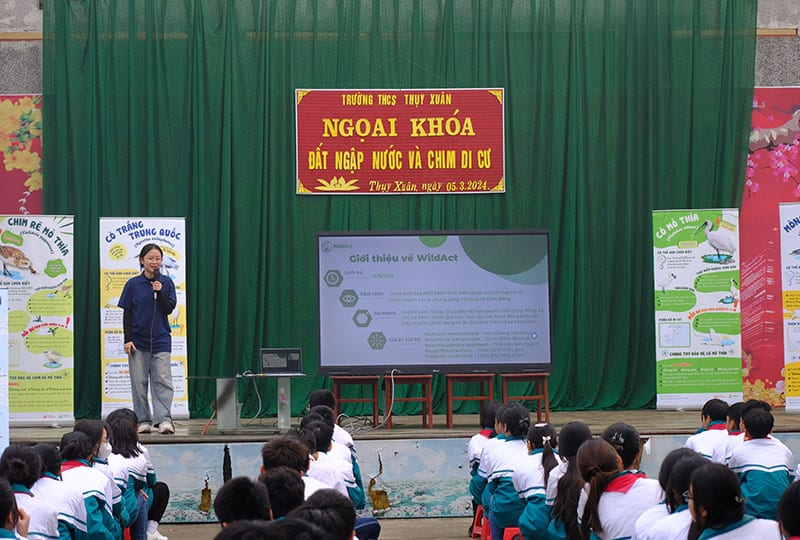
Meeting Save Vietnam’s Wildlife
Save Vietnam’s Wildlife (SVW), has rescued hundreds of pangolins – the most frequently seized mammal in Asia’s illegal wildlife trade. Used for culinary and medicinal purposes, pangolin meat and scales are fetching increasingly higher prices as their populations decline, so SVW’s work is more important than ever. As well as wildlife rescue and rehabilitation, habitat protection, conservation breeding, and research, SVW’s education outreach and advocacy projects engages communities to preserve species and ecosystems.

Visiting Van Long
Our next stop was Van Long Nature Reserve, where we met up with SVW’s Director Thai Van Nguyen and the Conservation Vietnam team. The scenic nature reserve is an example of successful conservation meeting community-managed tourism. The site not only conserves the largest remaining natural inland wetland in the country’s Northern Plain, but beside these impressive waterways lie its karst limestone mountains – home to the world’s largest population of the Delacour’s langur, a Critically Endangered primate found only in Vietnam. They have had enormous success with the species, with their population almost quadrupling over the last 18 years!
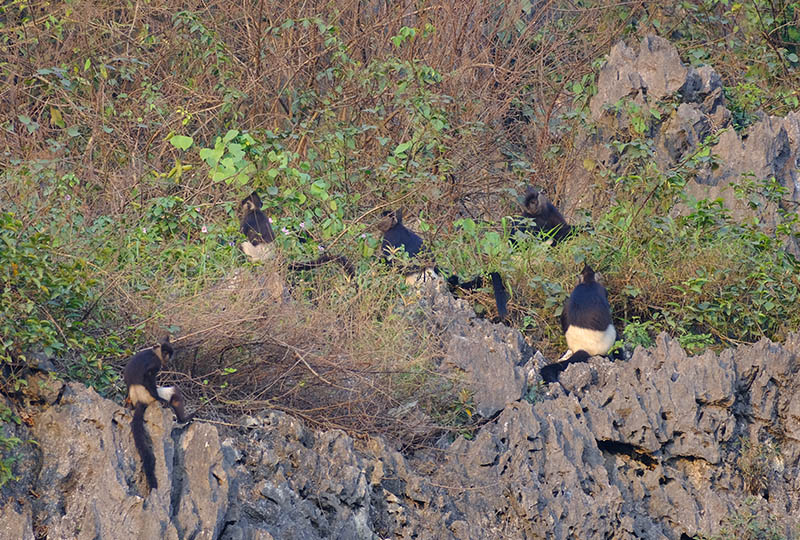
Cuc Phuong National Park
From there we headed to SVW’s headquarters in Cuc Phuong National Park, where they run their excellent rescue centre. In collaboration with local government and other NGOs, the dedicated staff at SVW rescues and rehabilitates a myriad of species from wildlife trafficking. Such species include pangolins, civets, otters, binturongs, and more. This centre is uniquely important as it offers the country’s best pathway for pangolin ex situ conservation (outside their natural habitat).
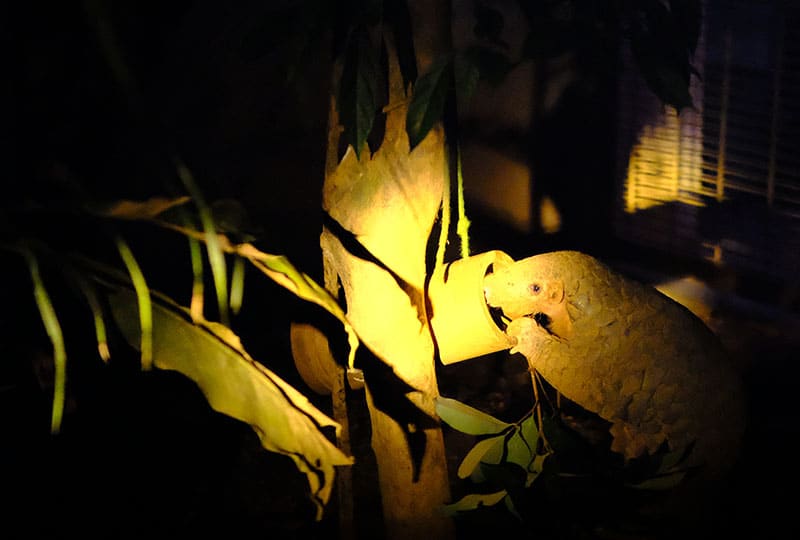
SVW are also the only organisation with a breeding programme for the Critically Endangered Chinese pangolin and one of the rarest civets in the world, Owston’s civet.
We were able to meet their 6-week-old rescued leopard cat, a species hunted for their fur and the pet trade.
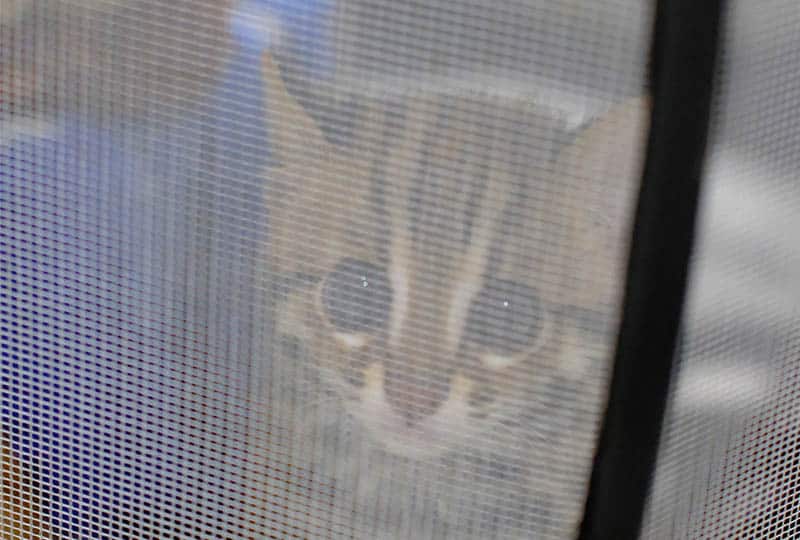
Cat Tien National Park
Next up was the vast lowland tropical forest and biosphere reserve that is Cat Tien National Park.
This protected area is one of the best places for wildlife in Vietnam, and elephants can still be seen roaming among centuries-old trees. This one is an impressive 600 years-old.
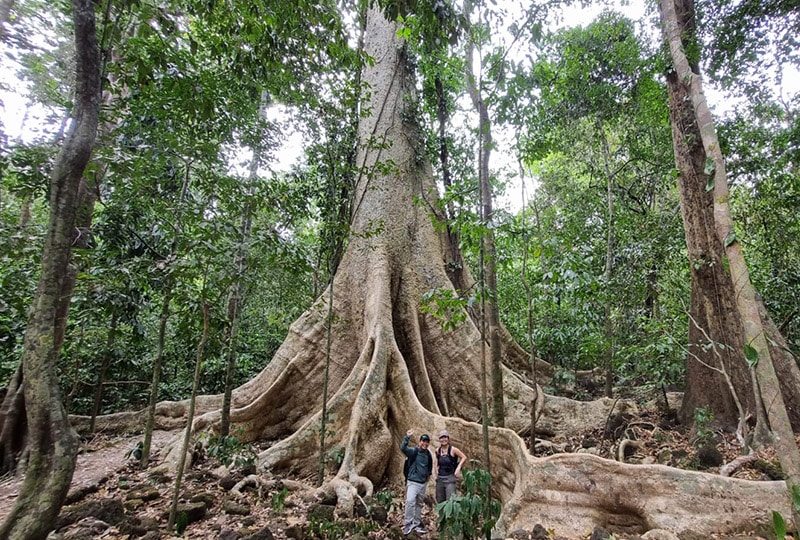
Again in collaboration with local government, SVW conducts research and provides enhanced site protection to preserve this incredibly biodiverse site. The SVW team track elephant migrations to reduce human-wildlife conflict – ensuring Cat Tien continues to be a key site for the very small elephant population in Vietnam.
SVW rangers patrol reserves including Cat Tien and Pu Mat to protect the haunting calls of the yellow-cheeked gibbons (pictured below) – amongst many other threatened species such as the black shanked-douc langur. SVW staff also engage with the National Park’s management – working together to improve the park’s operations, protection, and sustainable tourism.
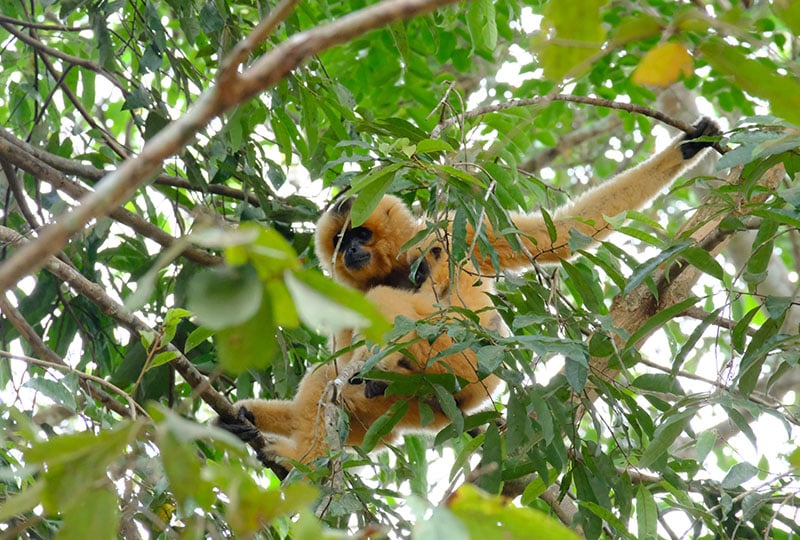
We also had caught a close encounter with a ruby-eyed pit viper. (Though not too close, as there is no antidote in Vietnam!)
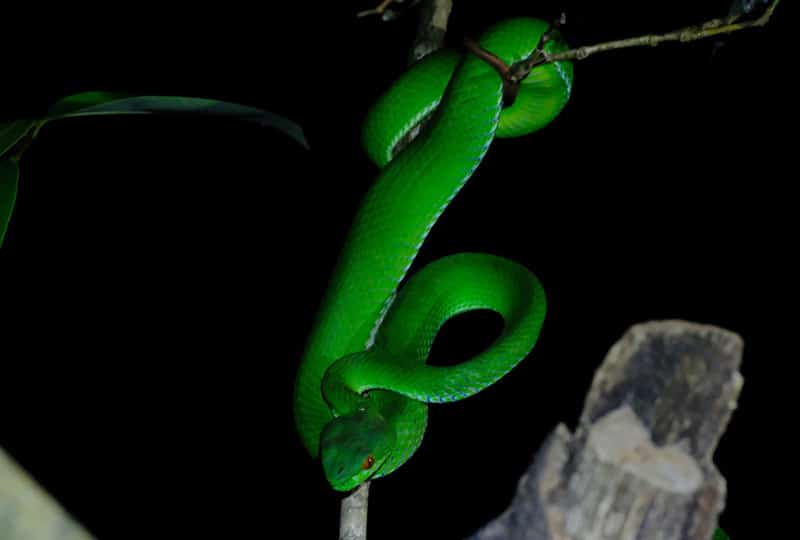
Meeting GreenViet
GreenViet‘s strength comes from their impressive ability to create diverse networks of communities, NGOs, and academia, resulting in partnerships where the whole is much greater than the sum of its parts. Their secret? Catalysing local communities’ innate pride and love for nature to spark a long-lasting sustainable and caring relationship between people and nature.
The success of this approach is exemplified by their work to conserve the Critically Endangered douc langurs – red-shanked, black-shanked, and grey-shanked doucs.
Though habitat loss and fragmentation has seen the dense, evergreen rainforests they reside in disappear rapidly, GreenViet have had remarkable progress with discoveries of new populations and preserving these ecosystems.

Exploring Son Tra Nature Reserve
The day began at 5:30am in Da Nang City to visit Son Tra Nature Reserve – a small reserve home to the most stable population of the red-shanked douc langurs. With huge support from local communities and authorities, GreenViet has successfully protected the habitat of more than 1,300 red-shanked douc langurs here.
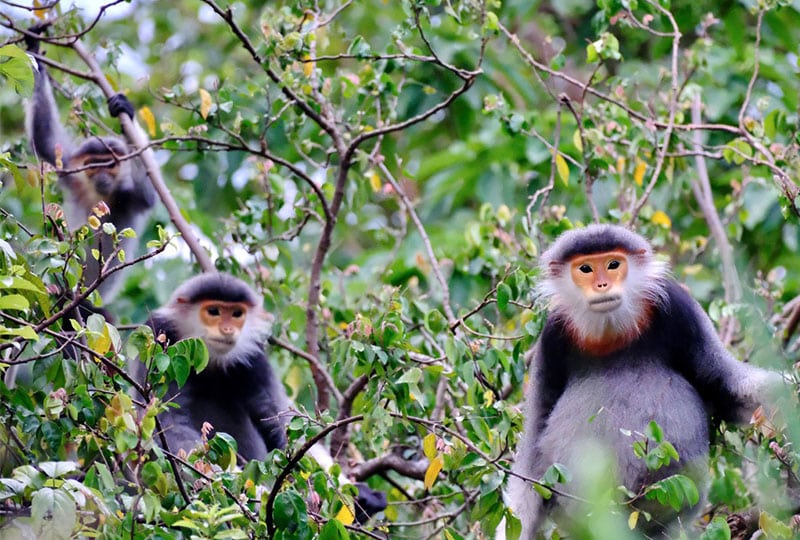
Taking pride in local nature
As community engagement is crucial for conserving unprotected langur habitat, a key part of GreenViet’s work is promoting learning, local tourism, and care for the reserve.
Atop the stunning Son Tra Mountain, I talked with Long Thang Ha, GreenViet’s Chairman. We discussed how much the local community means to GreenViet, and how without them, the success of Son Tra wouldn’t exist.
10 years ago, when GreenViet started working for the nature reserve, pollution and traps were threatening wildlife – now, the mountain has become the local community’s pride and green haven.
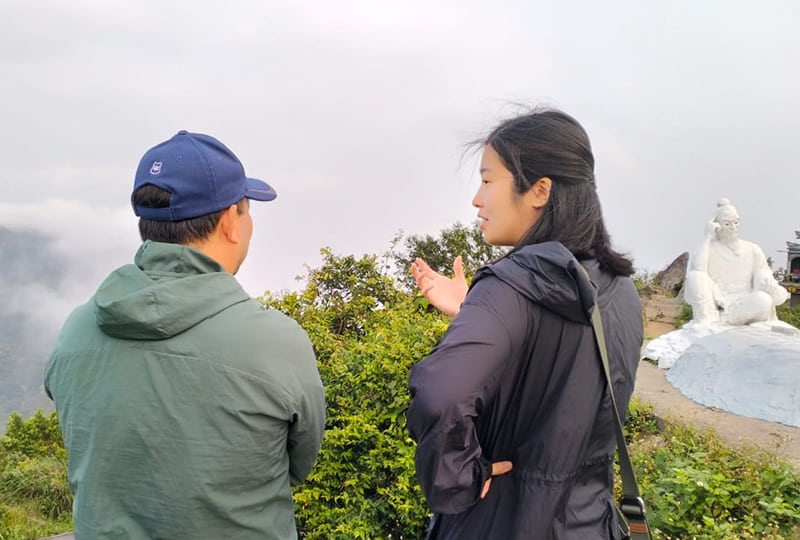
Celebrating International Women’s Day
We then visited GreenViet’s Education Centre, before enjoying lunch with GreenViet’s team, who were celebrating Women’s Day. This is an important day in Vietnam where appreciation for the women in people’s lives is expressed. The team celebrated with a beautiful meal, gifts, and games.
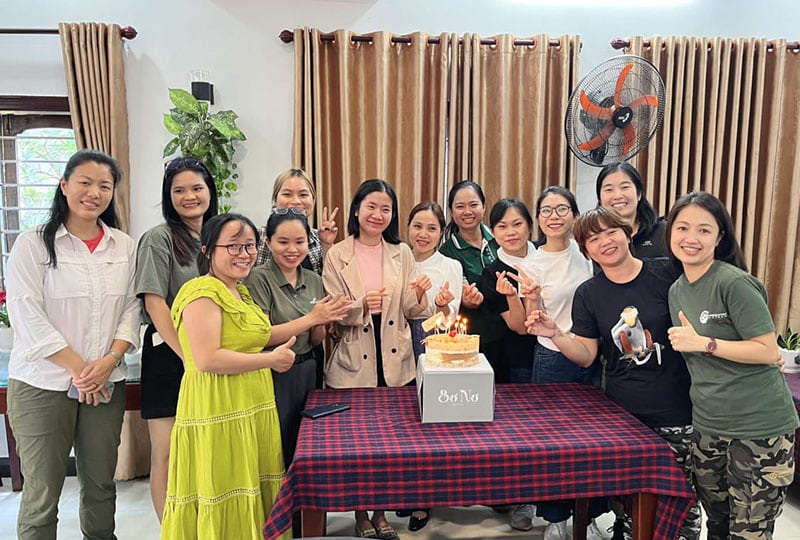
Tam Mỹ Tây
Three hours of driving later, we reached Tam Mỹ Tây – an immensely important grey-shanked douc langur site, where micro-populations survive on islands of natural forests floating above fields of acacia trees, planted to be exported to Japan for paper-making.
While we unfortunately did not see the doucs, the stark contrast of the pristine versus acacia forest is something I will never forget. In this photo you can see how different the landscape looks between the two ‘habitats’.
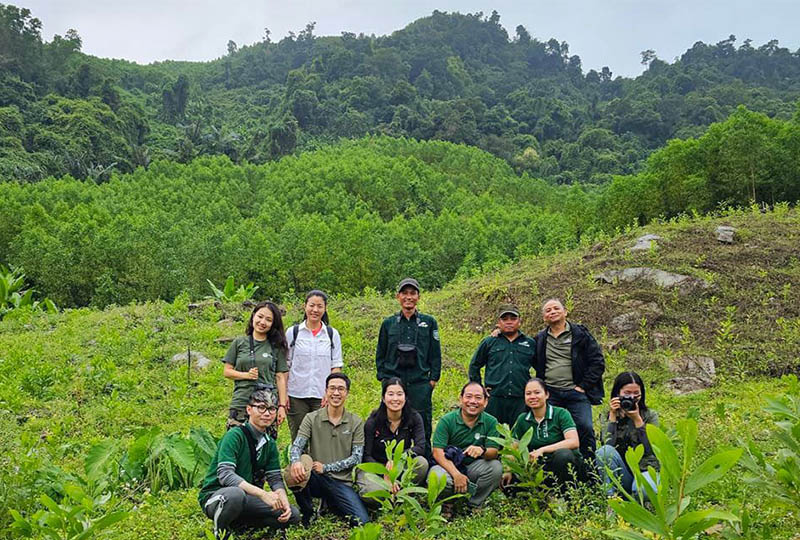
Here, GreenViet work with an incredible team of community rangers, who volunteer to protect the grey-shanked douc langur. The small population have become a point of pride for the local community, highlighted by their impressive commitment and expertise.
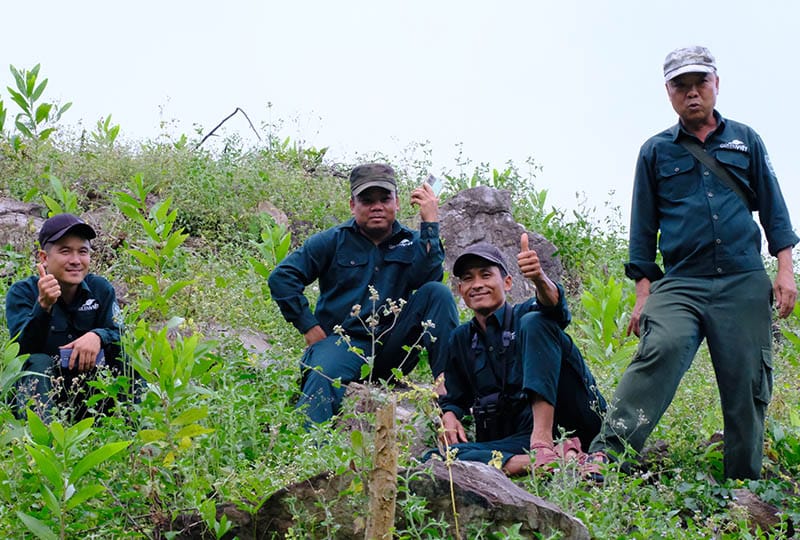
Meeting Conservation Vietnam
Conservation Vietnam is a relatively new foundation dedicated to maintaining the country’s unique biodiversity in the face of limited financial and capacity support for local organisations.
Developed by local conservationists, alongside investors, the partnership is designed to scale up conservation efforts, and finding solutions for financing the conservation of the country’s flora and fauna.
Conservation Vietnam is taking on the immense challenge of sustainable conservation financing in Vietnam, a subject of increasing importance as foreign funding becomes more and more difficult to access in the country.
A workshop in Ho Chi Minh
Conservation Vietnam organised a workshop which gathered 11 grantees to discuss the donor landscape and conservation sector.
This was a fascinating way to end the trip – discussing the real challenges of doing conservation in the country. Despite the very complex situation they face, the story is ultimately one of perseverance, passion, and success.
Local Vietnamese organisations are tackling the challenge of conservation from all angles: WildAct engages youth and empowers women in conservation; GreenViet harnesses the power of community; Save Vietnam’s Wildlife protect the most threatened species and ecosystems; and Conservation Vietnam mobilises the country’s private sector to catalyse local conservation.
Reflecting on our role as a donor, it reignited my commitment to collaborating with Synchronicity Earth’s partners and allies to find creative solutions: to support our partners where they are, with what they need, with approaches and timelines led by them.
Beyond funding: The importance of ‘showing up’
The better we are informed, the better we can support our partners. This means ensuring there are opportunities to understand the specific circumstances organisations are operating in, and develop meaningful relationships where challenges can be shared.
Overall, this trip was confirmation of the importance of ‘showing up’. For our partners working in such difficult conditions, there is power (and comfort) in knowing that there are people and organisations who care for them – not just in terms of the essential conservation roles they fulfil, but as individuals.
When discussing a complex situation their organisation faces, one of our partners told me: “I am so glad I can talk to you about this, because I have not been able to share it with anyone else.”
We often talk about the amazing work our partners do, and we are so proud to support these crucial projects financially. But this trip made me re-affirm how as partners ourselves to these incredible teams, there is so much we can offer beyond funding.


